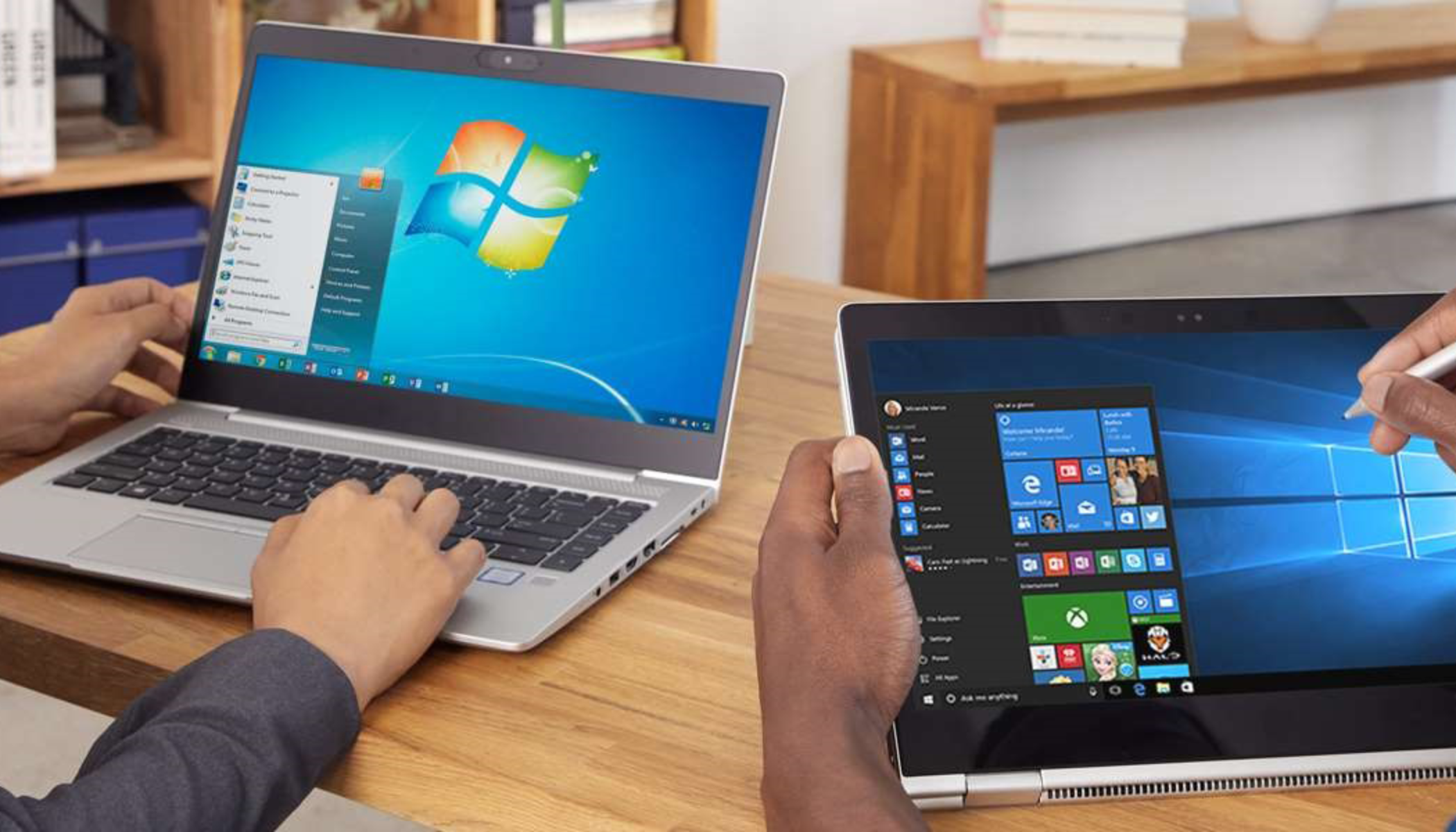

That means you won't receive new features, such as, say, a faster search bar or improvements to Microsoft’s Alexa-like digital assistant, Cortana. Now that support for Windows 7 has ended, Microsoft will no longer produce updates for the operating system. “We’d still be supporting DOS if we never dropped support for an operating system,” says Kevin Haley, director of security response for Norton LifeLock, the Symantec-owned cybersecurity company. The ultimate goal for Microsoft is to commit fewer resources to Windows 7 and focus more on making Windows 10 (released in 2015) as secure as possible against today’s threats. Catalina, the latest version of macOS (released in October 2019), supports laptops released as far back as 2012.
/cdn.vox-cdn.com/uploads/chorus_image/image/63223457/win7.0.jpg)

Microsoft also points out that the 10-year life span for Windows 7 is longer than what's offered by its competitors.įor instance, the oldest operating system to receive updates from Apple within the past year is macOS Sierra, released in 2016 it was last updated in September 2019. It's worth noting that macOS upgrades are free as long as your hardware is compatible. To Microsoft’s credit, the cutoff date for Windows 7 support was announced with the release of the operating system in October 2009. Companies will do everything in their power to try to migrate customers to the new version.” “It’s difficult to maintain code from several years ago while at the same time trying to maintain code for the latest operating system. Operating systems require "constant maintenance,” says Bogdan Botezatu, director of threat research and reporting at the Bitdefender cybersecurity firm. Supporting the software behind an outdated operating system has become too costly, even for a company as large and rich as Microsoft.


 0 kommentar(er)
0 kommentar(er)
